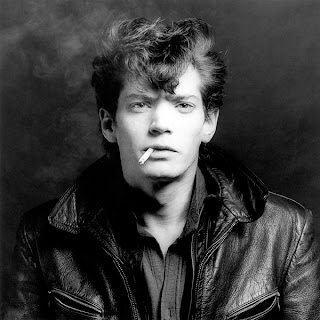2)
1. Rule of thirds-Setting shots up in a way that is pleasing to the eye by using a grid made out of thirds
2. Balancing Elements- Keeping pictures from seeming too heavy on one side
3. Leading Lines- Using lines to move the eye
4. Symmetry and Patterns (repetition)- Keeping a consistent repeating image
5. Viewpoint- Using high-up or low-down angles to make a feel of power or inferiority
6. Background- Keeping a simple background to draw attention to the subject
7. Create depth- Give the picture a more 3-D real life feel
8. Framing- Frame and draw attention to the subject
9. Cropping- Cutting out excess information
10. Mergers and avoiding them- Keeping a little contrast in the subject/background
3)
Aperture- How wide the lens opens up/ how muck light is let in
Shutter Speed- How fast /slow it opens/closes lens
ISO- Light sensitivity
4) Open up server drives, My Computer>jstudents>photoj>4th>Hauser, John
5) Catchy Headlines, not catchy fonts. Keep it simple, stupid.
6. Removing a few blemishes is cool, but making things that never happened seem like they happened is wrong.
7)
Formal- Very set up, very specific
Environmental- taken in natural environment, like students in a classroom
Informal- Not as specifically set, but still posed for.
 | |||||
| A baby is eaten by a shark. Turned out to just be sidewalk art. |
 |
| Jimmy is attacked by bees. He later claimed that it wasn't as painful as expected. |




















































